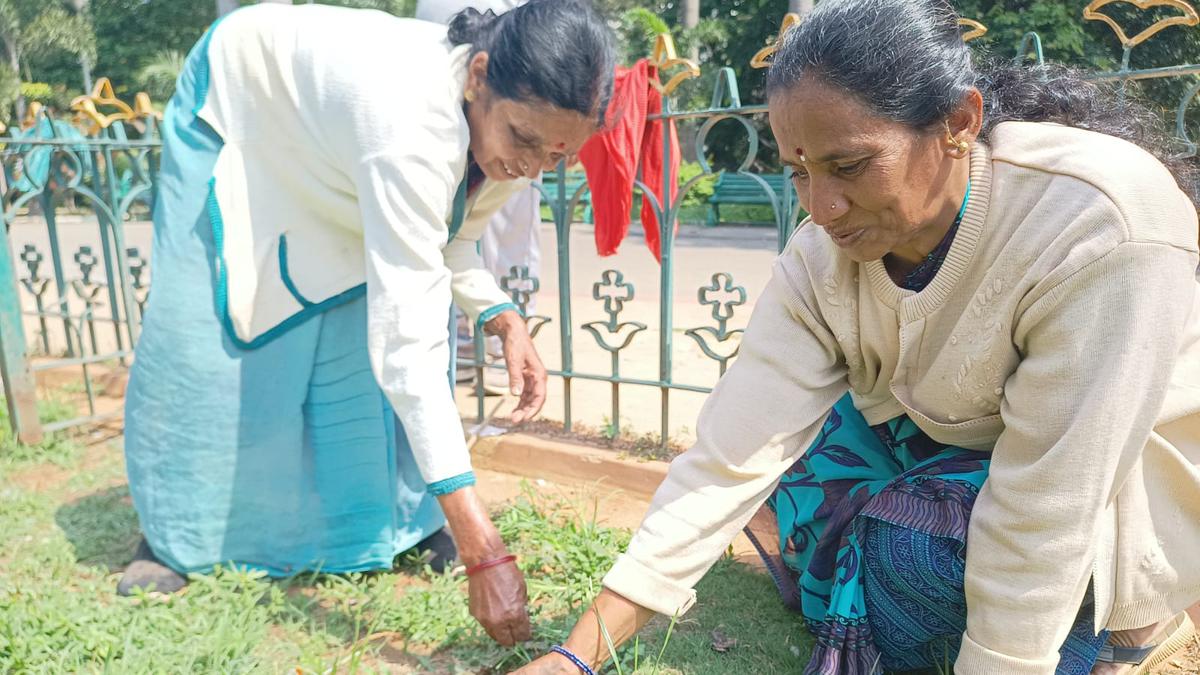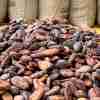
The Hidden Harvest: Foraging for food in Bengaluru’s parks, lakes and empty plots Premium
The Hindu
Women from lower socio-economic background forage in Bengaluru, mainly in parks, lakes and empty plots, challenging the notion that it is exclusive to rural regions
In the tranquil Lalbagh garden of Bengaluru, a serene morning unfolds around 9 am. Gowramma diligently tends to her routine task of watering the plants but goes the extra mile. While removing unwanted grass, she meticulously selects a few sprigs, sprinkles them with water, and carefully stores them in a plastic cover. “These are for my dinner when I return home,” shares the 48-year-old, who has dedicated 14 years of her life to maintaining this park. Everyday she is there from 8am to 5pm.
Many other ground staff, predominantly women, engage in foraging within the garden to gather whatever little they can find for their home-cooked curries. Gowramma says, “We used to discover various plant varieties earlier, but with the unpredictable rains, it’s not the same anymore.”
The Lalbagh garden, situated on 240 acres of land, boasts an assortment of green leaves, locally known as “soppu.” Within its lush boundaries, one can find Dodallagiri soppu, Goni soppu, Hulli soppu, Neeruhongane soppu, and Hoovuhongane soppu — all coveted by the diligent ground staff for their personal use. These plants usually grow in the wild on farmlands and their leaves are part of several traditional foods such as the Bas Saaru, massoppu and mix vegetable palya.
Also read | Foraging in Nagaland: Unveiling the culinary secrets of Naga cuisine
Chikkamma, who has been working in the park for 8 years, explains, “We are barely making ends meet at home, why buy when they are just growing fresh in the wild here.”
Not only the park’s dedicated staff, but even the regular morning walkers from the neighboring areas seize the chance to forage for their food before departing. One such walker Govindaraju GV, 59, shares, “I gather whatever little I can find to take it home for curries. The greens are really good for children”.
Sharing a similar sentiment, another park jogger, Balu N, 60, adds, “You won’t find such diverse soppu varieties in the market. It’s always the usual methi, palak, mint, and coriander. The younger generation at home is unaware of these unique soppu types and the traditional recipes associated with them.”













